The Bac Ha dog, a rare and captivating breed native to the highlands of northern Vietnam, is a remarkable example of the unique canine diversity …
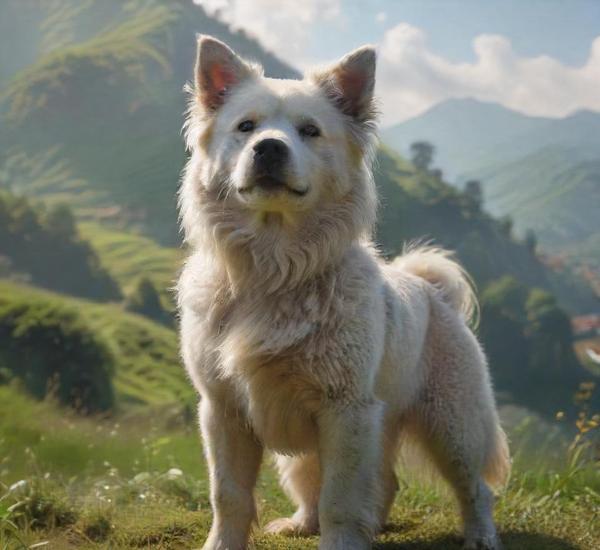
Happy Paws: All About Dogs

The Bac Ha dog, a rare and captivating breed native to the highlands of northern Vietnam, is a remarkable example of the unique canine diversity …
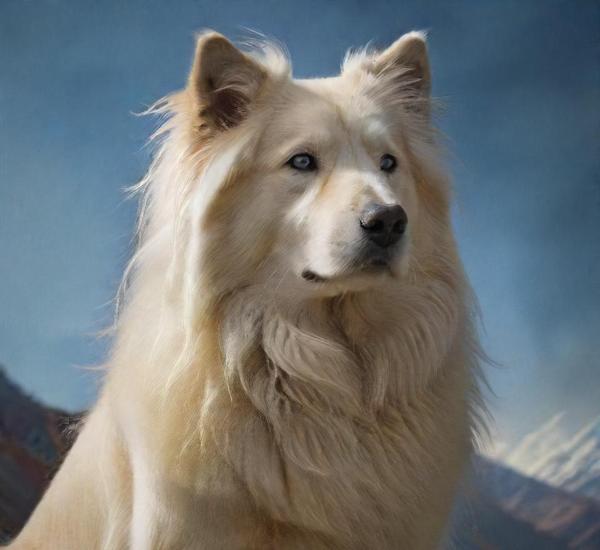
The Lhasa Apso, a charming and ancient breed, is known for its distinctive long, flowing coat and its regal demeanor. Originating from the rugged mountains …
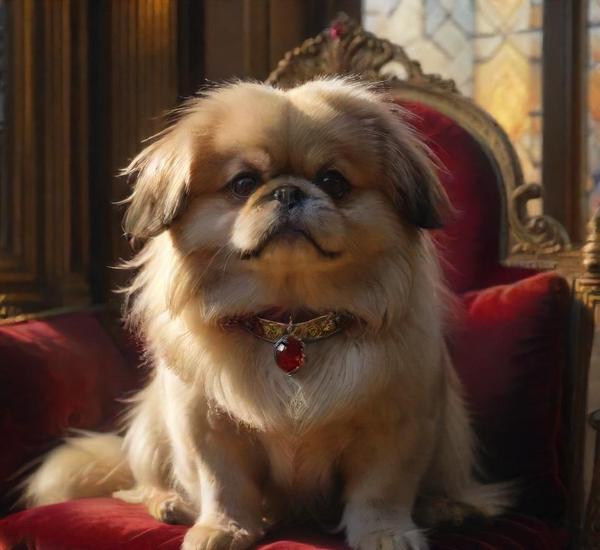
The Pekingese dog breed, with its distinctive lion-like mane and regal bearing, has been a beloved companion for centuries. Originating from ancient China, these small …

The Rampur Greyhound, a rare and elegant breed with roots steeped in history, is a testament to the rich tapestry of canine heritage. Originating from …
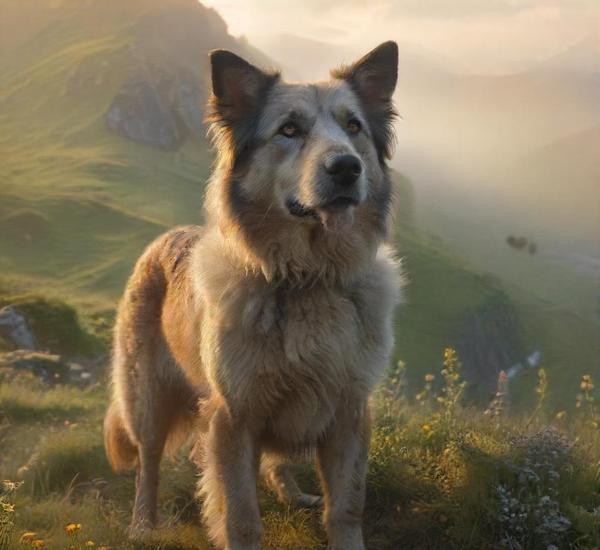
The Georgian Shepherd dog, also known as the Georgian Mountain Dog or the Georgian Mastiff, is a breed deeply rooted in the rugged landscapes of …
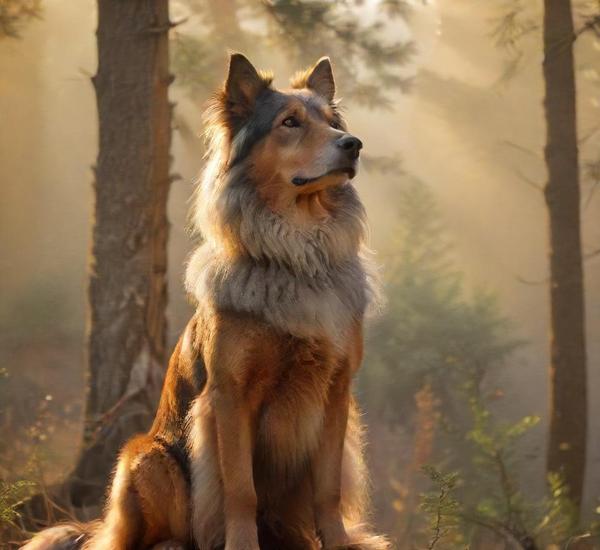
The Bakharwal dog breed, a true gem of the canine world, is a remarkable example of a working dog with deep historical roots. Originating from …
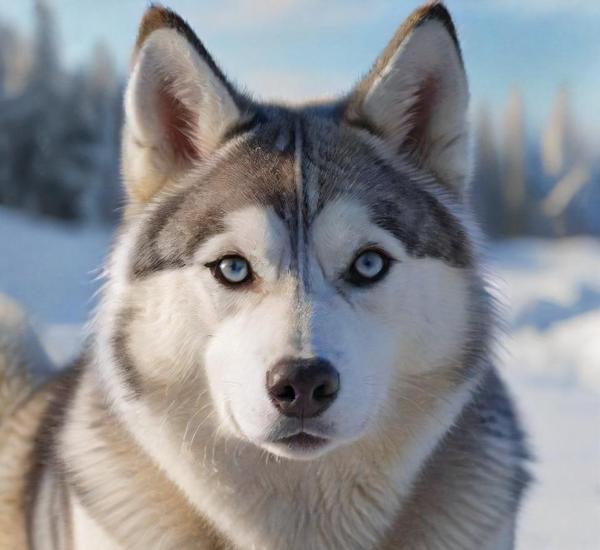
Siberian Huskies, with their striking blue eyes and charismatic demeanor, are a breed that captures the imagination of dog lovers around the world. Known for …
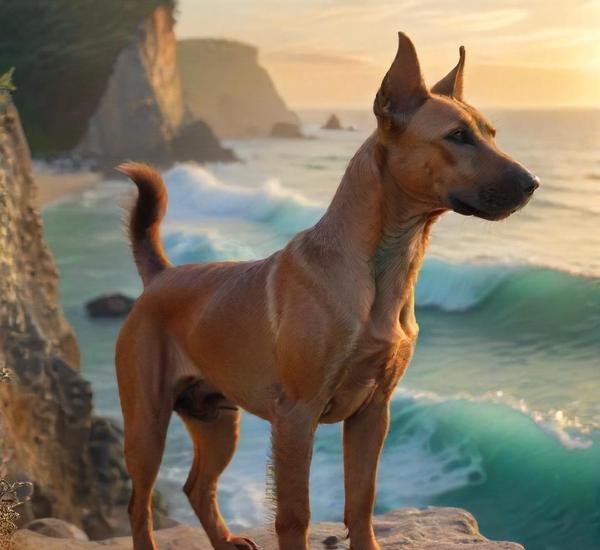
The Thai Ridgeback is a captivating breed known for its distinctive appearance and rich history, making it a fascinating subject for dog enthusiasts and potential …

The Tibetan Spaniel, a breed with ancient roots and a charming demeanor, has captured the hearts of dog enthusiasts around the world. This small, agile …
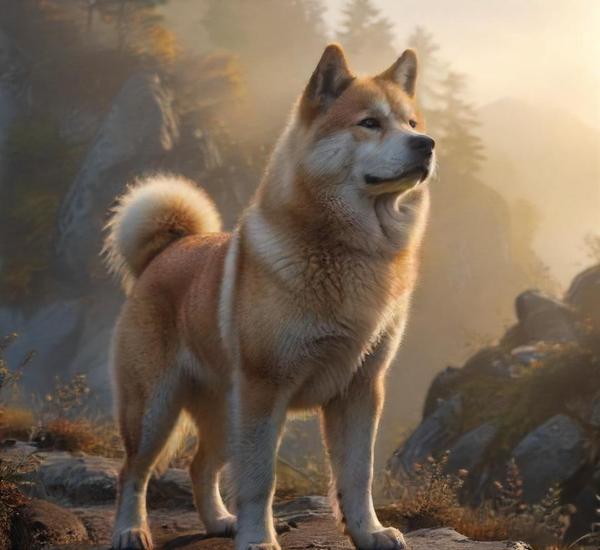
The Akita, a majestic and powerful breed, stands as a symbol of loyalty and strength in the canine world. Originating from Japan, this noble breed …